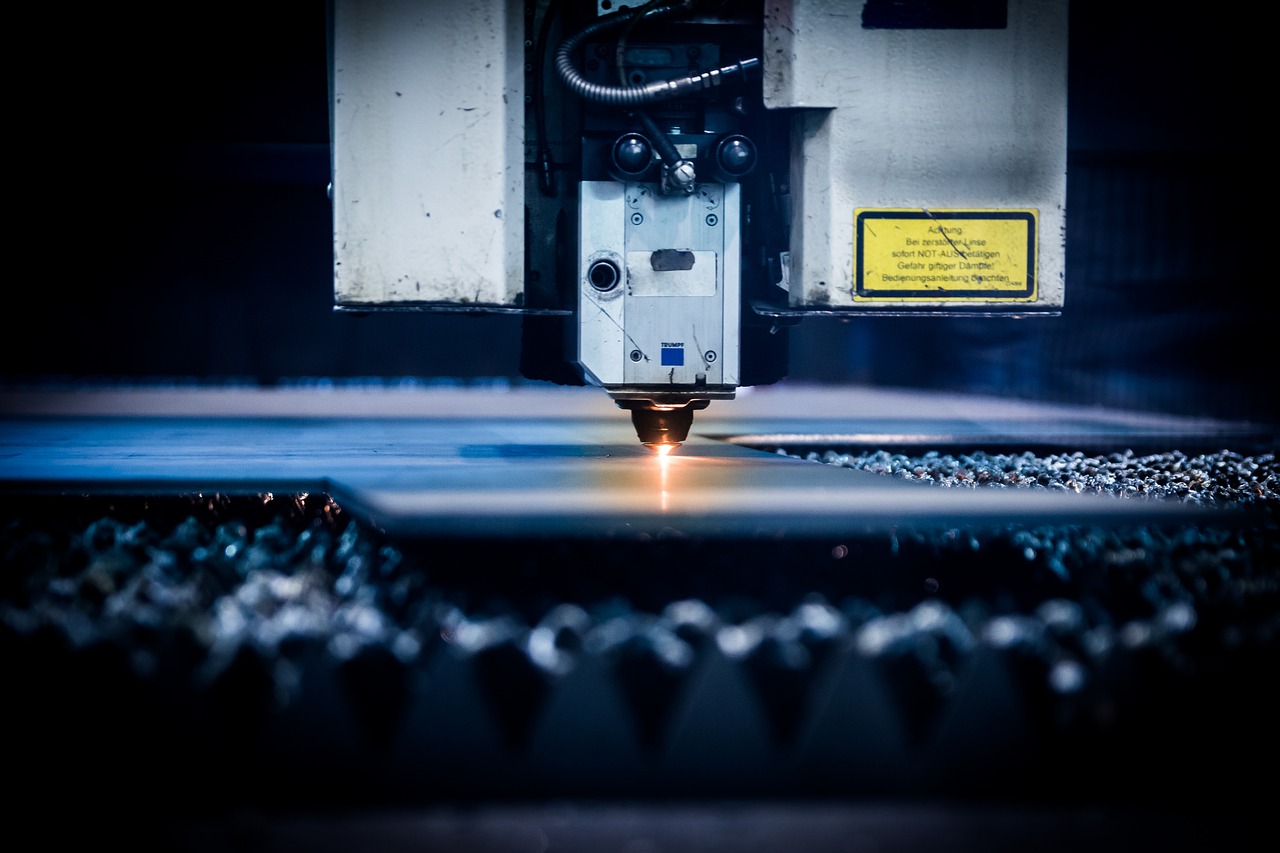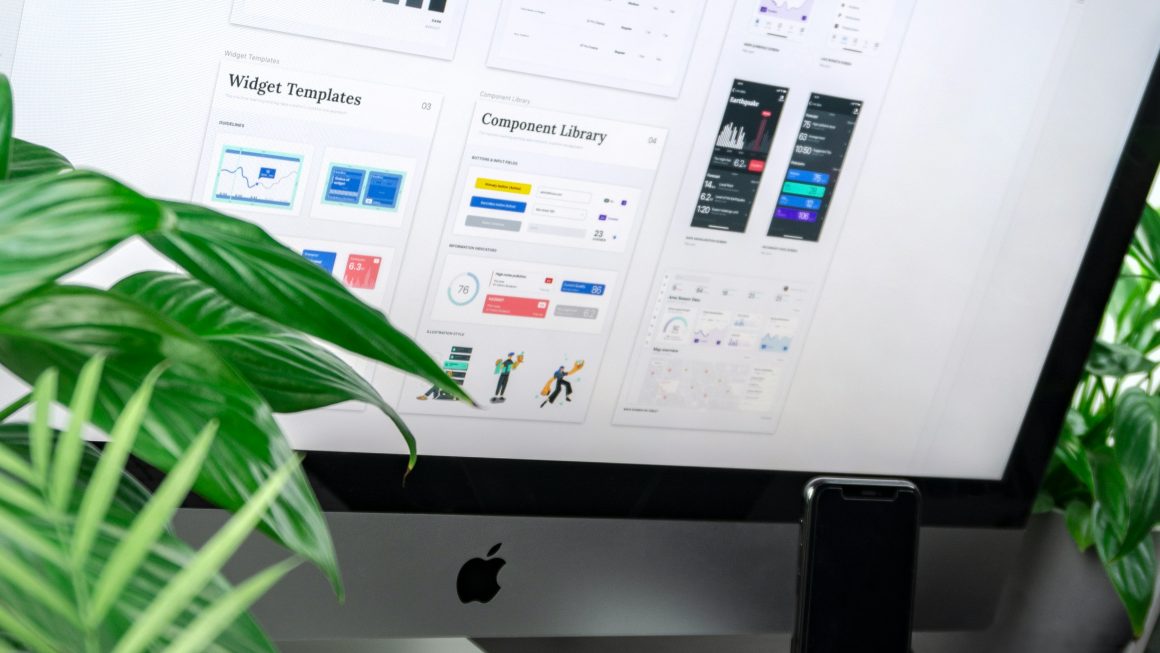In simpler terms, Laser Marking is an ongoing process that uses a concentrated light beam to create a lasting mark on a surface. Typically performed with a fiber laser machine, pulsed or continuous wave, laser marking includes a wide range of applications. The most mutual types of small business laser marking applications are annealing, carbon migration, discoloration, & etching.
Laser Marking System can automated and processed at high speed, leaving traces of constant tracking on a wide range of materials, including steel, titanium, aluminum, copper, ceramics, plastic, glass, wood, paper & cardboard. These products can mark with text (including serial numbers and part numbers), machine-readable data (such as barcodes, unique identification codes, & 2D data Matrix codes)
How Laser Marking Use to Work
Laser marking works using a beam of focused light to mark the surface of a material. When the beam interacts with the surface of the material, it changes the properties and appearance of the material. This concentrated beam only focuses on a specific area, which allows the laser marking machine to create precisely, read or scanned marks on almost any surface. This feature makes laser marking appropriate for applications where precision and perseverance are essential for success.
Laser Marking Process
The laser technology offers many possibilities of permanent marking or labeling, making it more versatile than conventional types of labeling. Whether metal, plastic, wood, or ceramic: almost any material can be labeled, marked, or engraved with the laser. When marking with a laser, a distinction is made between targeted foaming of the surface of plastics and laser marking by creating a tempering color on metals and discoloration of plastics.
Annealing
When marking with a laser, the color of metals is changed. Here, an oxide layer is applied to the surface of ferrous metals (iron, steel, stainless steel) and titanium using local material heating.
When tempering metals, even finished surfaces can subsequently label with the laser. The quality of the surface determines the realizable color impression.
As a rule, the oxide layer is black, depending on the temperature of the heated layers, but other tempering colors, such as yellow, red, or green, can also be produced.
The main benefit of this process is the surface of the material remains flat because there is no removal, and only a color change-resistant to abrasion is achieved due to the local heating of the material. The heating penetrates the metal surface to a depth of only 20-30 microns and ensures that it can only remove by boiling.
Discoloration of plastics / carbonization
When plastics are discolored/carbonized, the plastic and its pigments are burned by the laser effect, so that dark color is achieved. The discoloration ranges from gray to blue-gray to black.
Depending on the composition and color of the plastic, the discoloration may be lighter or darker. Carbonization is used for light plastics and organic materials such as paper, wood, or leather, where a color effect from light to dark is to be achieved.
In this laser application, the surface of the material is only heated locally by the laser beam and remains almost undamaged and is, therefore particularly gentle on the content and surface.
Foaming of plastics/color change
In the process of color change, the color pigments and carbons contained in the plastics are broken up, destroyed, and evaporated by local heating. In this process, the carbon in the plastic oxidizes to CO2 and forms a foam layer.
Gas bubbles form in the melt, which is firmly integrated into the material structure when the material cools down, thus changing the light refractive properties of the material. Dark plastics have a white discoloration at the points to be marked; light plastics have a dark stain.
The process uses these properties to create optical effects, fonts, or characters.
Paint removal/material removal
The inscription by removal of color and material but mainly used for lacquered materials and anodized aluminum even at fittings and cardboard packaging and labels. Previously applied paint, varnish, and top layers removed so that the base material becomes visible again.
With this method, the layers of the workpiece to be removed absorb the laser light, the material heats up and evaporates at the corresponding points. The processing can be either point, line, or flat.
This laser marking process produces very high-contrast lettering and is preferably used in the automotive industry for day/night design, in electrical engineering for labeling keyboards and in the packaging industry.
Advantages and Disadvantages of Laser Marking Systems
Advantages of Laser Marking Systems
- Integration in production lines
- high economic efficiency, since only low maintenance and operating costs, arise
- precise execution of fonts and shapes
- high flexibility with laser marking systems
- Suitable for a wide variety of materials, from plastic to steel
- permanent legibility of the label
- short set-up times
- counterfeit protection
- Permanent labeling
- Water and smudge-proof
- Can be used on a wide range of materials
- Automated
Disadvantages of the Laser Marking Systems
- little flexibility in color
- acquisition cost




